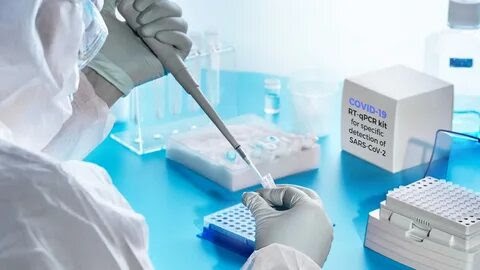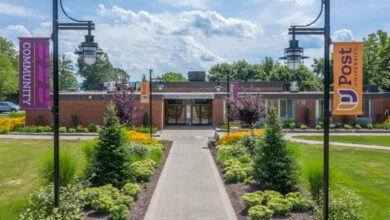
The RT-PCR test is a compassionate and reliable way to determine whether or not a patient has contracted the virus. It must. performed on an infected area of the body while the infection is active to provide an accurate result. If the results are not positive, the patient will need to visit a physician for a second opinion. The results are based on the presence of viral DNA in the sample.
The RT-PCR test is a real-time polymerase chain reaction that detects COVID-19’s RNA in respiratory samples. It uses three primer and probe sets to target the Spike protein, the N protein, and the envelope protein. The DNA from the model is then amplify several times in a PCR machine. Fluorescent markers are use to confirm the presence of the virus, and the number of temperature cycles use to achieve the result can be measure to determine how many copies are need to determine the infection.
The RT-PCR test can perform on single or multiple samples, allowing medical personnel to use single or various reactions to detect the virus. The RT-PCR test focuses on copying the viral DNA and detecting the RNA present in the viral genome. The enzymes in this test can only see the active infection if the viral DNA has not completely clear the body. This test does not distinguish between operational and recover conditions.

RT-PCR Method
The RT-PCR method can detect the presence of COVID-19 in a person’s respiratory tract. However, it cannot see the virus after the patient has been free of the disease. Since the RT-PCR uses the capture of the virus, it can’t tell if a person is infect with the virus or has other conditions. This test is only helpful in detecting the current infection.
The RT-PCR method detects the presence of RNA in a patient’s sample. RNA is a type of genetic material and can be seen by catching it in a patient’s sample. Using the RT-PCR method for COVID-19 is a powerful technique that can detect even the most minor amounts of the virus. If the RT-PCR test is successful, it will give a positive result within a few hours.
The RT-PCR method is a popular method for detecting COVID-19 in humans. The RT-PCR technique is an effective way to see the current infection of the virus. It can be use to detect the current conditions of the virus. But because it relies on capturing the virus, it can miss patients who have clear the virus and are no longer infected.
RT-PCR Test
The RT-PCR method is an excellent method for the detection of COVID-19. Unlike the HIV test, the COVID-19 RT-PCR is a real-time method for identifying the virus. It detects RNA and converts it to DNA. Only DNA can be copier and amplification is possible. Hence, scientists amplify a particular segment of the viral DNA hundreds of thousands of times to confirm whether or not the virus is present or not.
The RT-PCR test detects the viral RNA in a patient’s samples. It works by amplifying specific regions of the virus’s genetic material, such as Spike protein, N protein and envelope. The RT-PCR method uses fluorescent markers to confirm the presence of the virus in the sample. The result is also use to estimate the number of cases in a hospital.
RT-PCR Results
As the RT-PCR test is a standard method, performing on the patient’s samples is not very difficult. A patient’s RNA sample is amplified in a PCR machine. During this process, the fluorescent markers of the virus are transcribe. The RT-PCR results are visible to the naked eye. If the PCR is positive, the sample is positive.
To determine whether a patient has the COVID-19 virus, a sample of sputum from the throat or nose is collect. The COVID-19 virus mainly concentrates in the lower respiratory system after five days. The RT-PCR test can be use for covid-19 and influenza. The results can. compare to the viral DNA of patients with asymptomatic illnesses.

RT-PCR
RT-PCR is an essential tool for identifying COVID-19. As with any other form of PCR, it is only as good as the sample you put into it. The type of specimen you use and the timing of the sample collection also affect the sensitivity of RT-PCR. Most RT-PCR illustrations come from the upper respiratory tract. Some patients may also have saliva or oropharyngeal swabs.
RT-PCR can be used to analyze the amount of a gene. This method can be performed in a laboratory or at a clinical lab. Besides detecting and evaluating the quantity of the gene, RT-PCR can also see the presence of other genes in a patient. This test is known as qPCR. While a simple qPCR test can detect several genes, a real-time RT-PCR can identify the presence of several different genes.




